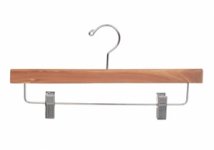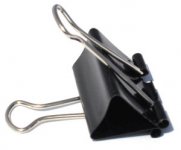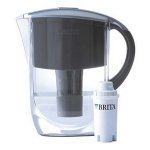dave lackey
Veteran
Yikes,
Talk about a newbie asking a basic question...😱...
Buying, shooting B+W film, lab processing, lab printing and lab scanning is getting expensive! I watched a You Tube video on film processing and it looks doable!
So, if I just want to process my own B+W film (using Tri-X and T-Max, Ilford, etc)...can someone give me a shopping list so I can process in our guest bathroom? I am not ready to get into printing yet, I can send my negatives out for printing.
Like I said, this is very basic information and I apologize if it has been asked before but I have very little space and very little money but would like to stay with stainless steel, etc. in lieu of plastic.😛
Thanks in advance as usual!
Talk about a newbie asking a basic question...😱...
Buying, shooting B+W film, lab processing, lab printing and lab scanning is getting expensive! I watched a You Tube video on film processing and it looks doable!
So, if I just want to process my own B+W film (using Tri-X and T-Max, Ilford, etc)...can someone give me a shopping list so I can process in our guest bathroom? I am not ready to get into printing yet, I can send my negatives out for printing.
Like I said, this is very basic information and I apologize if it has been asked before but I have very little space and very little money but would like to stay with stainless steel, etc. in lieu of plastic.😛
Thanks in advance as usual!





